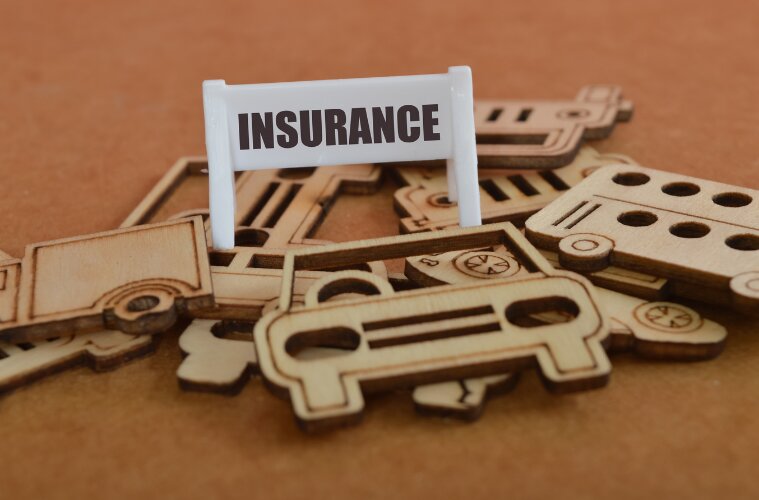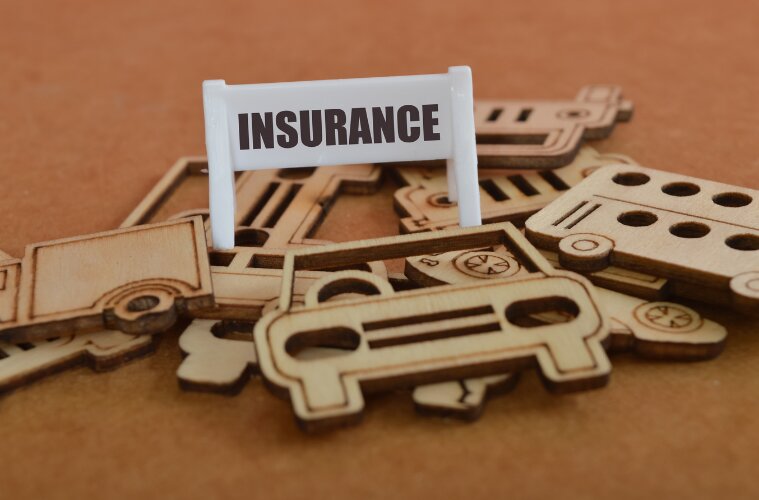Thatcham Research Unveils New Vehicle Risk Rating System
Thatcham Research has introduced a new Vehicle Risk Rating (VRR) system designed to revolutionize how vehicle insurability is assessed in today’s evolving automotive landscape. Developed in collaboration with the motor insurance industry, this system replaces the Group Rating model, used for over 25 years, with a more dynamic and precise approach to evaluating vehicle risk.

The Shift From Group Rating
Insurers, brokers, and price comparison websites have long used the traditional Group Rating model to provide standardized insight into vehicle insurability. This model assesses vehicle characteristics alongside driver-specific factors to help insurers set premiums. However, Thatcham Research recognized the need to update this approach to reflect the risks of modern vehicles as EVs, advanced driver assistance systems (ADAS), and connected car technologies become more prevalent.
The new VRR system leverages real-world market performance data, collected with insurers, to assess vehicle risks. It considers current technological advancements, trends in sustainable repairs, and the rise of vehicle theft. Thatcham Research aims for the VRR to provide insurers with more granular and data-driven insights, allowing them to stay ahead of changes in vehicle design and performance. Ultimately, this ensures safer and more sustainable mobility.
Five Key Assessments
The VRR evaluates each vehicle across five core areas:
- Performance: Measures characteristics like speed, acceleration, and powertrain impacts.
- Damageability: Examines how design, materials, and structure affect repair costs and damage severity.
- Repairability: Assesses how easily and affordably a vehicle can be repaired, promoting designs that lower repair times and costs.
- Safety: Analyzes active and passive safety features, such as crash avoidance systems.
- Security: Assesses physical and digital security measures designed to deter theft and cyber-attacks.
Each factor is scored on a scale of 1 to 99. This scoring system gives insurers a more detailed understanding of a vehicle’s risk profile. This data enables insurers to set more individualized consumer premiums based on each vehicle’s specific risks – a significant improvement over the earlier model.
Data-Driven Development
Thatcham Research conducted an 18-month study with member insurers, evaluating over 1,300 data points from 25,000 vehicle derivatives. This in-depth analysis was informed by insurer data and ensures the VRR system reflects real-world insurability while adapting to the ever-changing technological landscape.
Jonathan Hewett, CEO of Thatcham Research, highlighted how rapidly changing technology is reshaping the risk landscape within motor insurance.
“New technology is challenging the existing motor insurance model, prompting an unprecedented shift in the balance of risk from the driver to the vehicle. In response, we’ve worked closely with insurers, drawing upon cutting-edge data analysis to create a rating system that offers a more precise and detailed assessment of vehicle risks,” Hewett said.
He further noted that insurers, who once relied heavily on historical data and driver behavior alone, must now account for ADAS, security technology, and the growing impact of electrification on repairs. As vehicles become more technologically advanced, these factors increasingly influence accident frequency, repair costs, and theft risk.
Richard Birch, Chair of the Vehicle Risk Rating Panel and Technical Underwriting Manager at Saga, emphasized the transition.
“Vehicle design and technology have undergone massive changes over the last 27 years. From powertrains to safety systems and materials, today’s vehicles are more complex than ever. The enhanced VRR system provides insurers with a far more accurate assessment, allowing them to underwrite policies more effectively.”
The Importance of Repairability
One of the key features of the VRR system is its focus on repairability, which is the ease and affordability of fixing a vehicle after an accident. This factor plays a critical role in determining insurance risk and costs. The VRR system places significant importance on repairability, creating incentives for manufacturers to design vehicles that are easier and less expensive to repair, which benefits consumers.
According to the Association of British Insurers, motor insurance claims reached $3.6 billion in the second quarter of 2024, an 18% increase compared to the $3.1 billion paid out in Q2 of 2023. Repair costs accounted for $2.4 billion, a 28% increase. Thatcham Research has also noted that EVs are 25% more expensive to repair than petrol vehicles and take 14% longer to fix. These rising costs highlight the importance of repairability in controlling insurance premiums and ensuring cars can be returned to the road quickly.
Hewett reinforced this view:
“Repairability is increasingly vital in the modern automotive era. Without a focus on sustainable repair practices during the design phase, we risk undermining environmental progress. Vehicles that are too costly or complex to repair may end up being discarded far too early in their lifecycle, which runs counter to sustainability goals.”
Transition Period
The new VRR system officially launched on September 24, with an 18-month transition period. During this period, both the new VRR and the existing Group Rating system will be in place. This dual-rating time frame allows insurers and manufacturers to acclimate to the new system before it becomes the sole reference for vehicle risk assessment.


